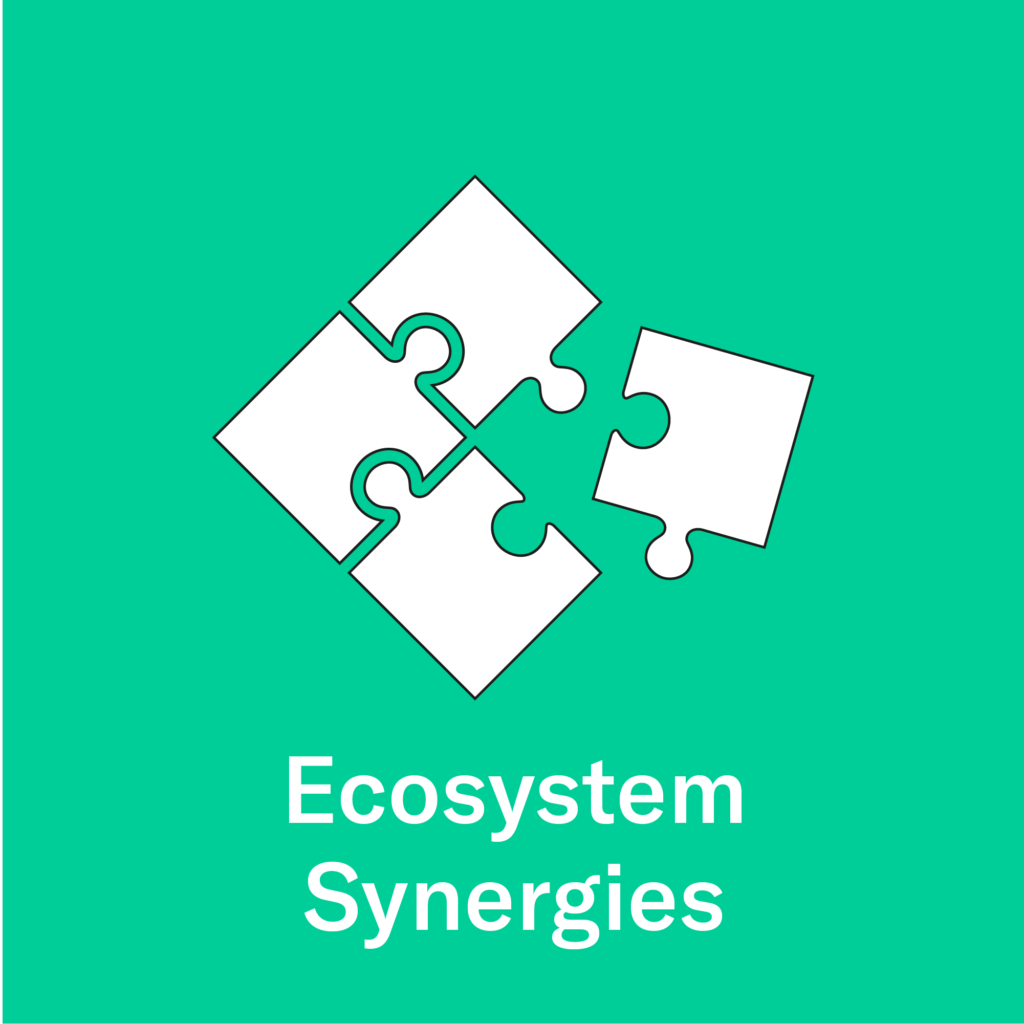Rather than mass, generic rollout across locations, mobility service providers would benefit from assessing how they can contribute to a more integrated and efficient transport system from the existing and planned network.
The Transit Center has identified key strategies that have enabled partnerships and synergies to emerge between public and private mobility providers, including [1]:
-
Emerging mobility providers can provide services in hard to serve areas in a more cost-efficient manner than traditional methods and with a better user experience
-
Emerging mobility providers can provide data to transit agencies to enable better service provision evaluation and planning
-
Public authorities can leverage public infrastructure resources such as car parking and roads to jointly-work with private service providers
-
Public authorities can provide quality open data and standards to facilitate innovation across sectors and stakeholders in the ecosystem
-
Public authorities can form relationships with emerging mobility service providers, be open to new transit models and focused on the accomplishment of mobility outcomes rather than benchmarks for usual forms of transport provision
Building mobility system synergies compounds the attractiveness of sustainable transport options and behaviour change. A recent working paper that modelled different transport services that can be developed through public-private urban mobility partnerships found that applying three types of new mobility services in particular had notable benefits to the local mobility systems. Electric, on-demand minibuses to match transport service levels more closely to demand; first and last mile ride sharing to provide transport in underserved urban areas, and; dynamic trip-planning and ticketing services such as smartphone apps that encourage multi-modal journeys and simplify ticket purchases. These services can make public transport more affordable, accessible, attractive and reduce its environmental impact. [2]
Best practice: [1] Transit Centre (2016) Private Mobility, Public Interest. How public agencies can work with emerging mobility providers. [2] Canales, D., Bouton, S., Trimble, E., Thayne, J., Da Silva, L., Shastry, S., Knupfer, S., Powell, M. Connected Urban Growth: Public-Private Collaborations for Transforming Urban Mobility. Coalition for Urban Transitions. London and Washington, DC.
